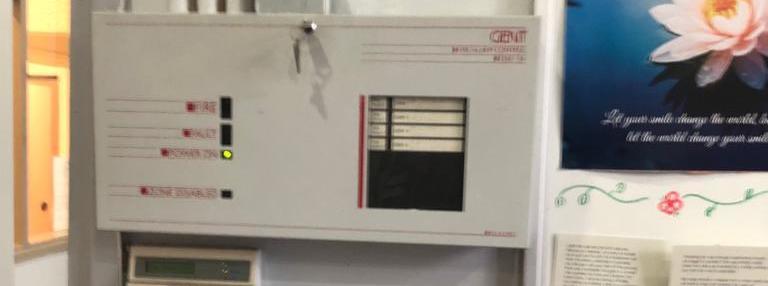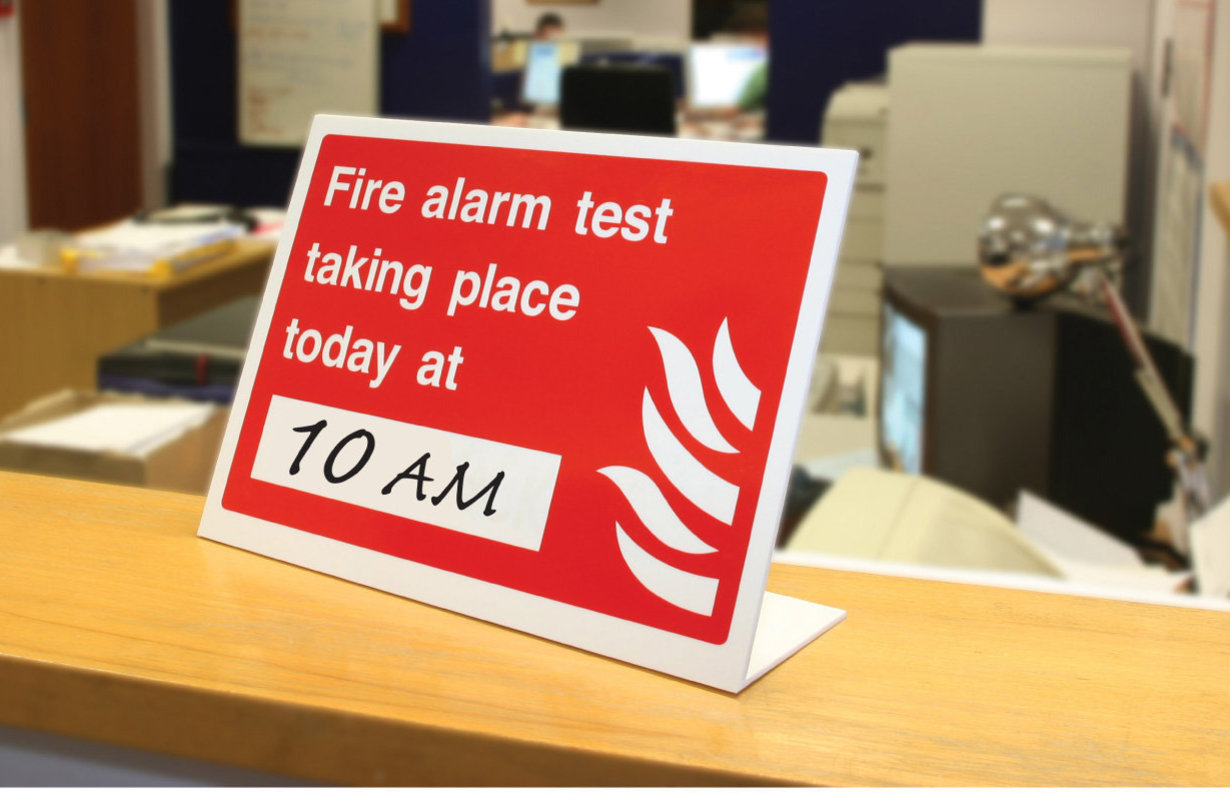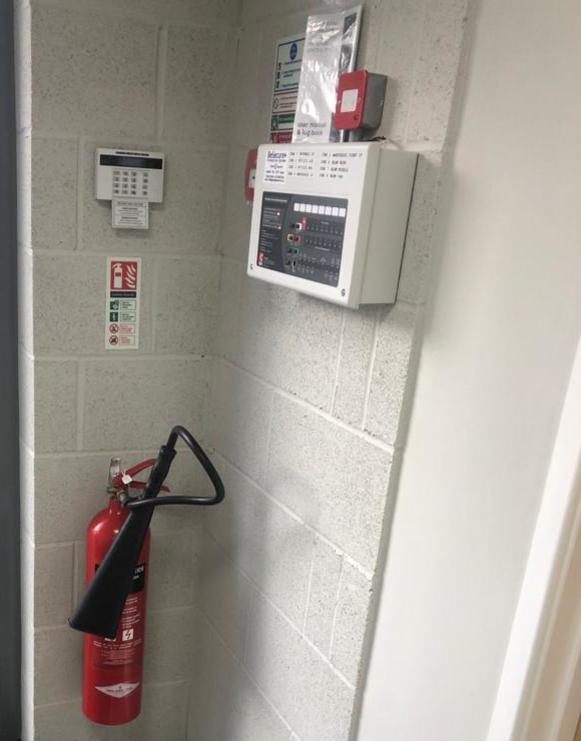
FIRE ALARM SUPPLY, INSTALLATION, AND MAINTENANCE
Fire Alarms and Emergency Lighting systems are designed to give the first advanced warning of a fire, this ensures that any staff, guests or patrons will evacuate the building quickly and safely.
We work to the current British standards BS 5839:1 for the Installation and Maintenance of Fire Alarm Detection and Emergency Lighting Equipment. Our team of highly skilled engineers, can accommodate any size of building. This provides you and your insurance company peace of mind that in the eventuality of a real fire situation, the correct procedures will be in place, which can enormously reduce the risk to human life.
The maintenance contract allows Midland Fire authorisation to fully monitor your alarm and emergency lighting system, safeguarding you and your premises and enabling us to carry out repairs as necessary, meaning your alarm will always be in good working order, providing you with the right tools to escape. In the event of an emergency, you will also have access to our emergency 24 hour call out service.
PLANNING THE FIRE ALARM SYSTEM
The decision of whether a fire alarm system is required or the type of category should not normally be the responsibility of the designer, customer/installer. The local authorities should take these decisions for enforcing legislation in buildings. With all fire alarm systems there should be an exchange of information and decision process a typical example would be.
Building control officers
Fire authorities
Statuary and insurance requirements
When sufficient information and level of category has been obtained then the fire alarm system can be designed.
SYSTEM DESIGN
Process/Decision and exchange of information
Purchaser specifies the category of fire alarm system, this would have been provided by the local authorities, if required the designer can propose a category.
System to be designed
Consultation
Any variation of the British Standards to be agreed.
System proposal to be approved by all parties.
There are different categories of protection within BS5839 Part 1
PROPERTY PROTECTION
(Objective: To summon the fire brigade in the early stages of a fire)
Type P1: Property protection, automatic detection installed throughout the protected building.
Type P2: Property protection, automatic detection in designated areas.
LIFE PROTECTION
(Objective: To protect people from loss of life or injury)
Type M: Manual system (call points).
Type L5: Life safety generally when specific fire engineering solutions or where PI insurance is required.
Type L4: Life safety system, same as a manual system plus smoke detection on escape route.
Type L3: Life safety system, same as a manual system plus smoke detection on escape route and heat or smoke detection in adjacent rooms.
Type L2: Life safety system, same as L3 but detection in fire hazard/risk of ignition i.e. kitchens, sleeping areas and other specified areas.
Type L1: Life safety system, similar to P1 but the audibility is more critical.
CALL POINTS
Call points should be fitted in conspicuous and easily accessible points on escape routes, mounted at 1.4 metres +/- 0.2m above floor level.
Call points should be located at the exits to the open air and all storey exits on each floor.
You should not have to travel more than 45 metres to operate a call point or 25 metres in any special hazards or high-risk areas.
ZONING
The floor area of a single zone should not exceed 2,000m2.
Two faults should not remove protection from an area greater than 10,000m2 (for addressable systems).
If the total floor area of the building is 300m2 or less then it may be regarded as a single zone.
If the total floor exceeds 300m2 then all zones should be restricted to a single floor level.
As an exception to the above stairwells, lift shafts or other vertical shafts (non stop risers) within a single fire compartment should be considered as one or more separate zones.
The maximum distance travelled within a zone to locate the fire should not exceed 60mtrs.



There are many different types of fire alarm detectors such as optical, multi-sensor, Ionisation and beam detectors.
OPTICAL
Optical smoke detectors operate on the principal of infra red light refracting off smoke particles entering the chamber. This makes this type of detector more sensitive to smouldering fires such as modern fabrics or furnishings. Optical detectors are more prone to false alarms from steam or dusty environments (outside bathroom/building works).
BEAM DETECTORS
Beam detectors comprise of a transmitter and receiver. The transmitter emits an infra red beam from the TX (transmitter) to the RX (Receiver), the beam detects any obscurities through the smoke.
IONISATION
Ionisation detectors operate on the principal of charred smoke particles passing between two electrodes causing a small current flow. This makes this type of detector more suitable for fast flaming fires such as paper/wood. Ionisation detectors are more prone to false alarms from burning smell i.e. outside a kitchen.








